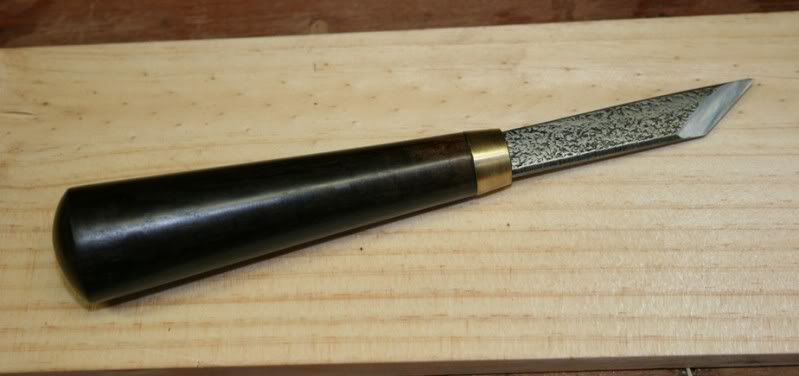After being stuck in the office for waaay too long, I'm thinking of getting a nice kiridashi and making stuff. I noticed that my guitar building friend Michihiro keeps his by his side always, so I figure that it'd be useful.
A few questions:
1. Where does a Kiridashi excel?
I have a mill knife for rough flat cuts and marking. I have a medium blade from North Bay Forge. I have a whole lot of bard Parker blades on order because of my dental practice.
On the other hand, I have a pair of kurikogatana for shaping the heels and transitions of guitar necks.
2. Who makes a really great one? How much should I spend? Any size, tips, etc?
I was looking at Tools-Japan.com and Nakaya Heiji's web page. I've bought a gyuto from Heiji before, and it's sharper than my Veritas plane blade.




 Reply With Quote
Reply With Quote

_html_m1b40bbe6.jpg)
_html_m3a398f1a.jpg)





